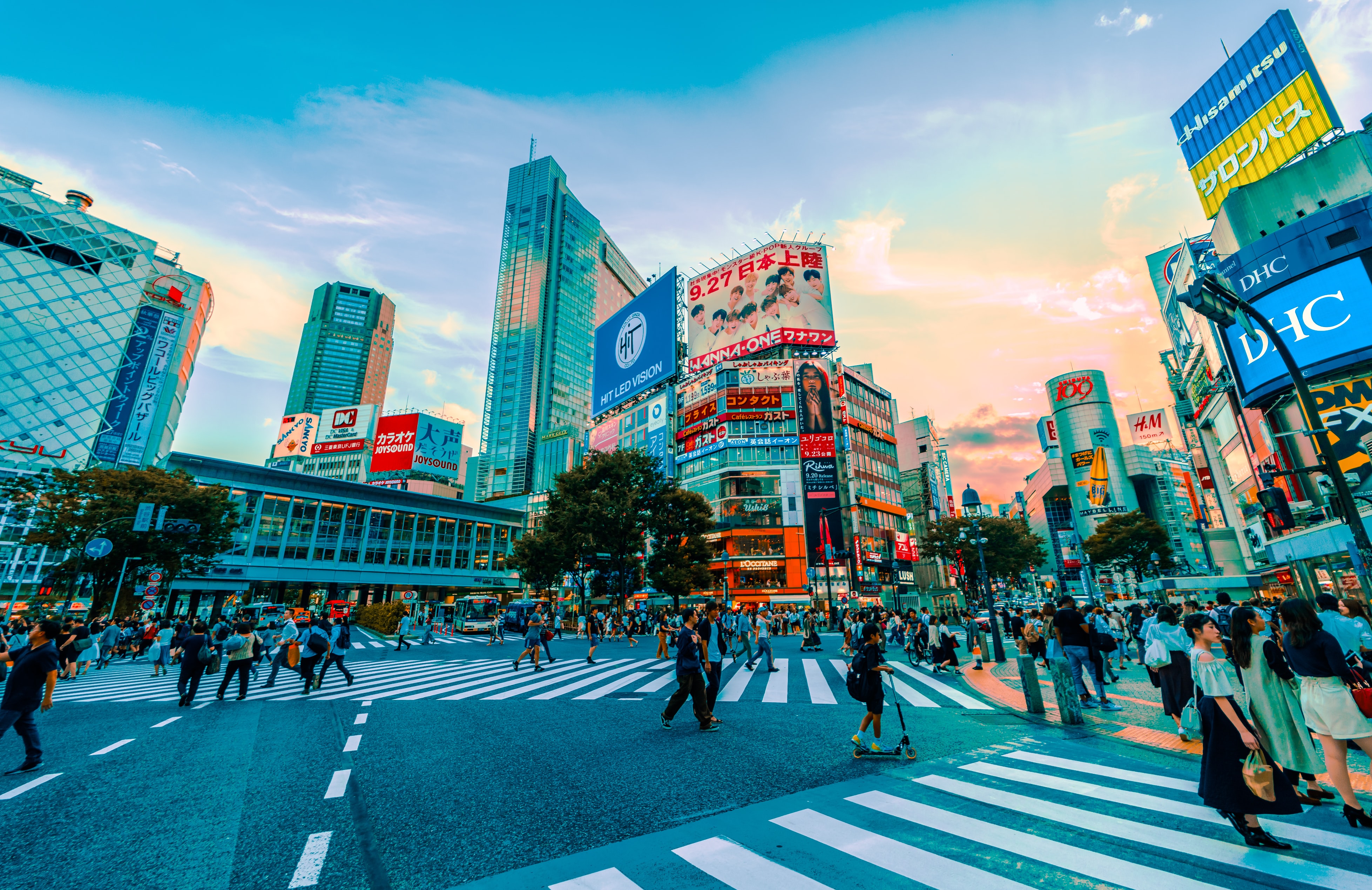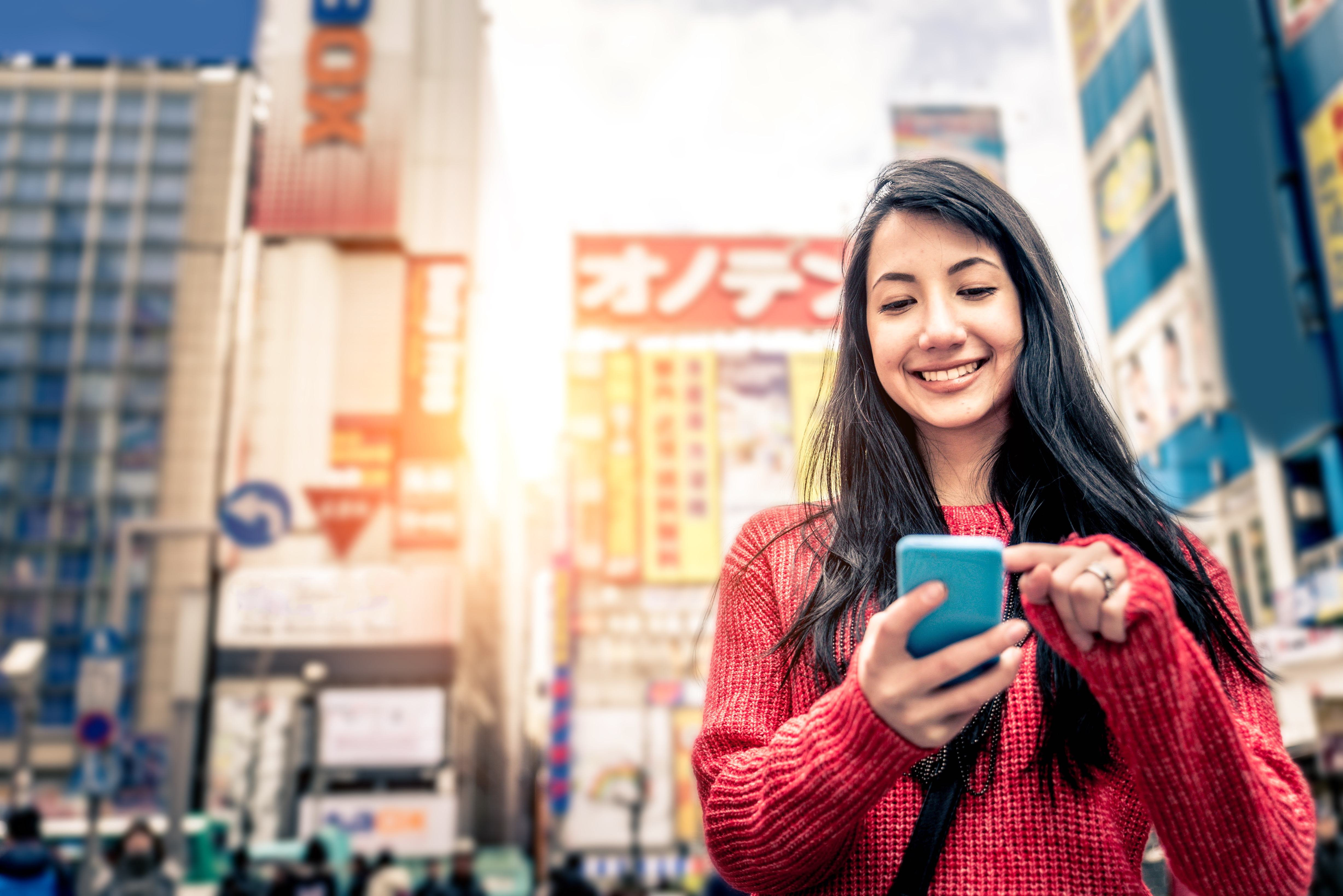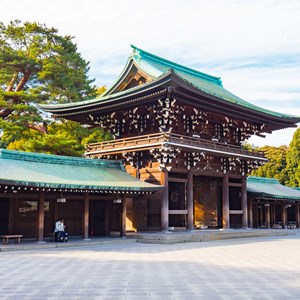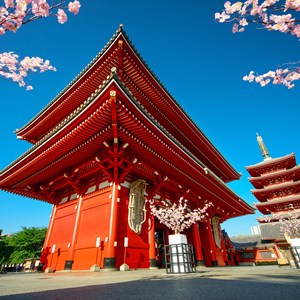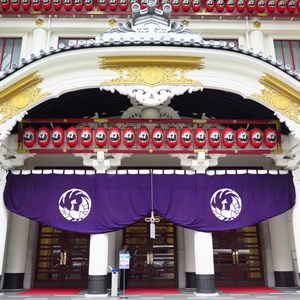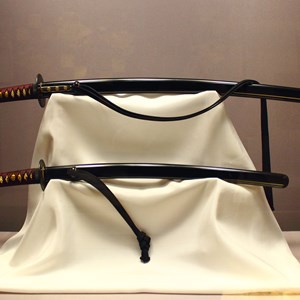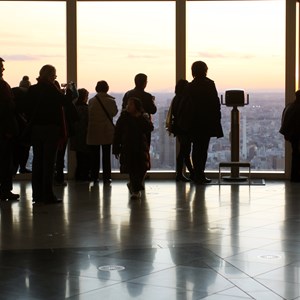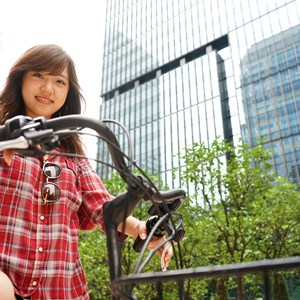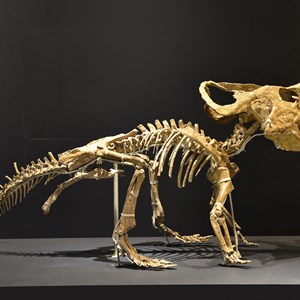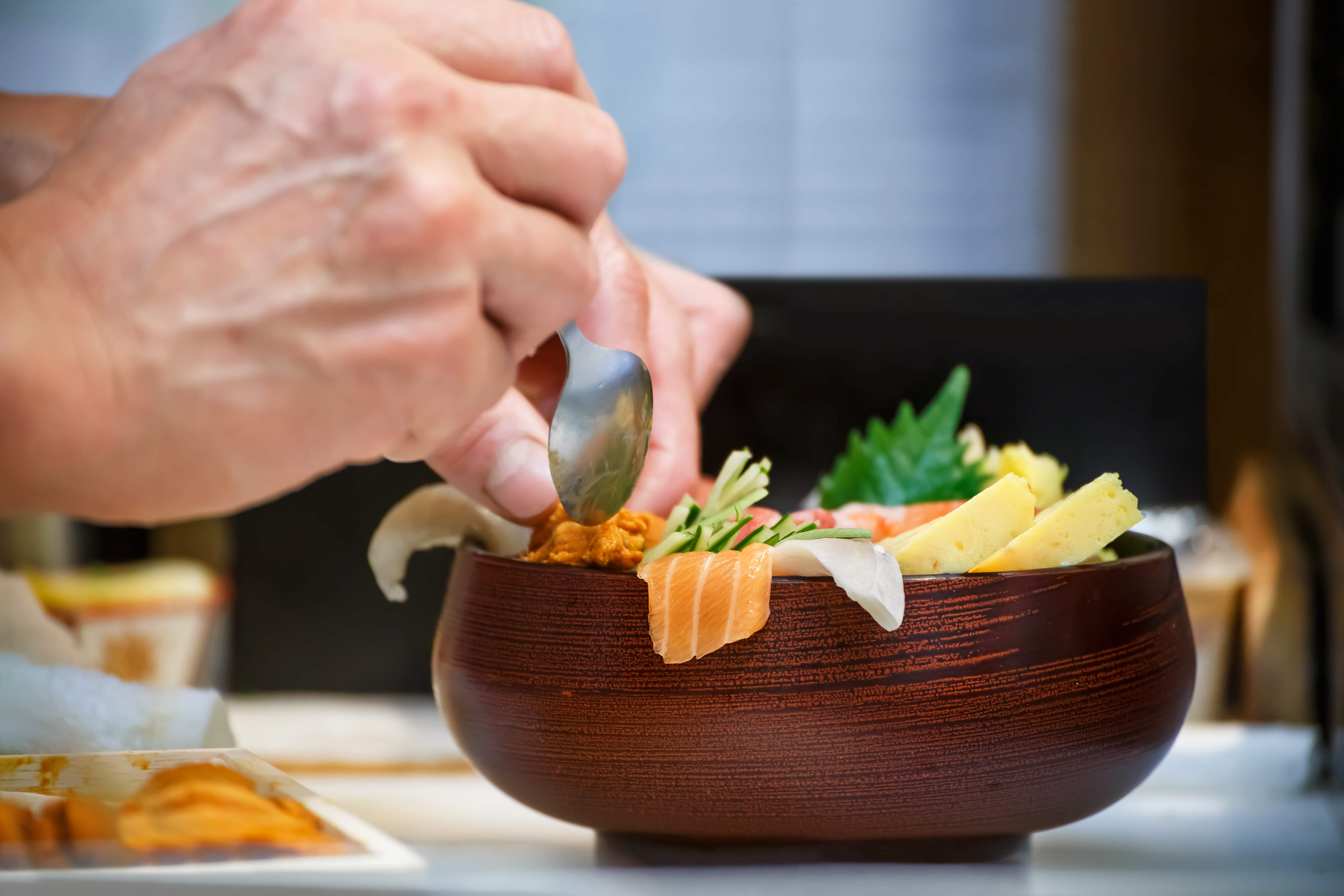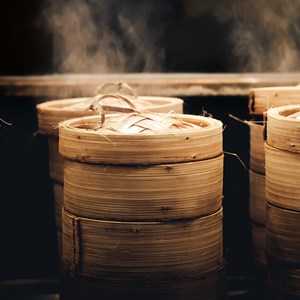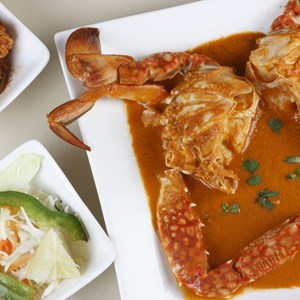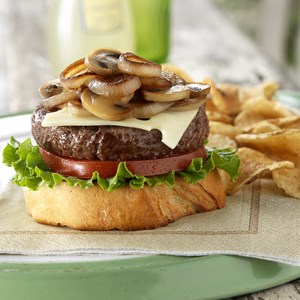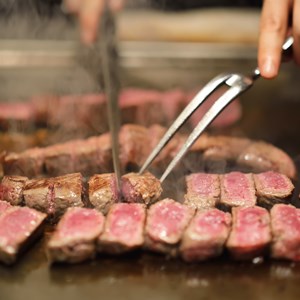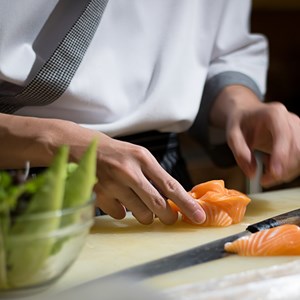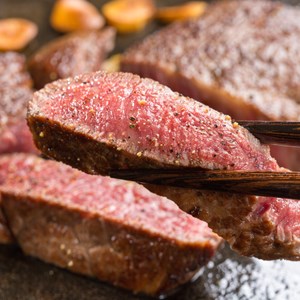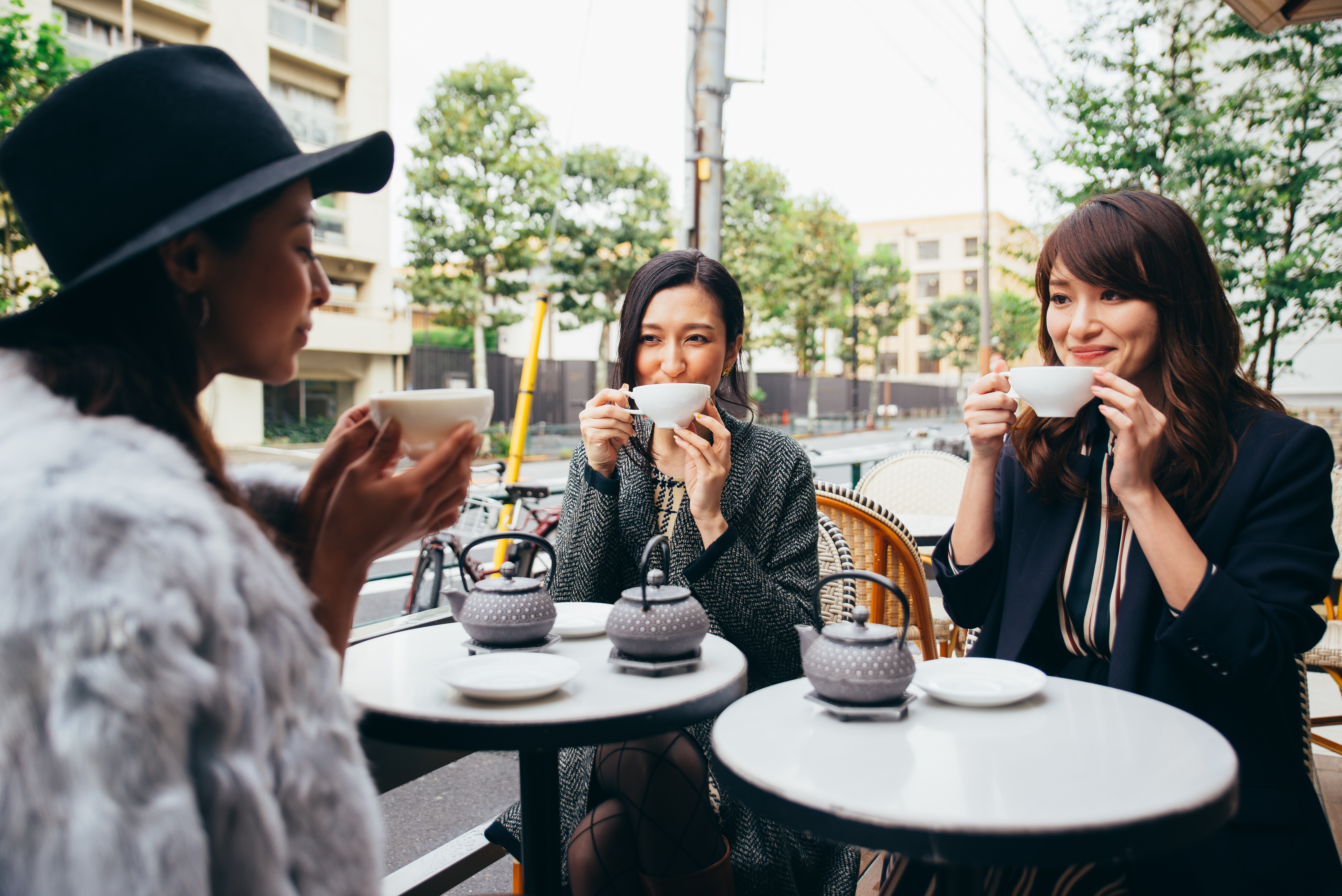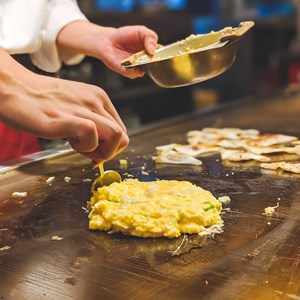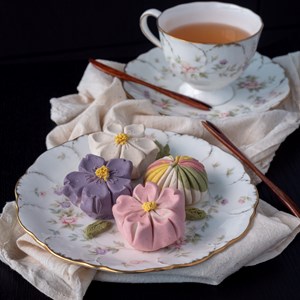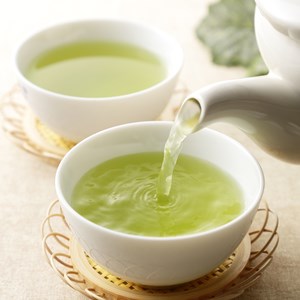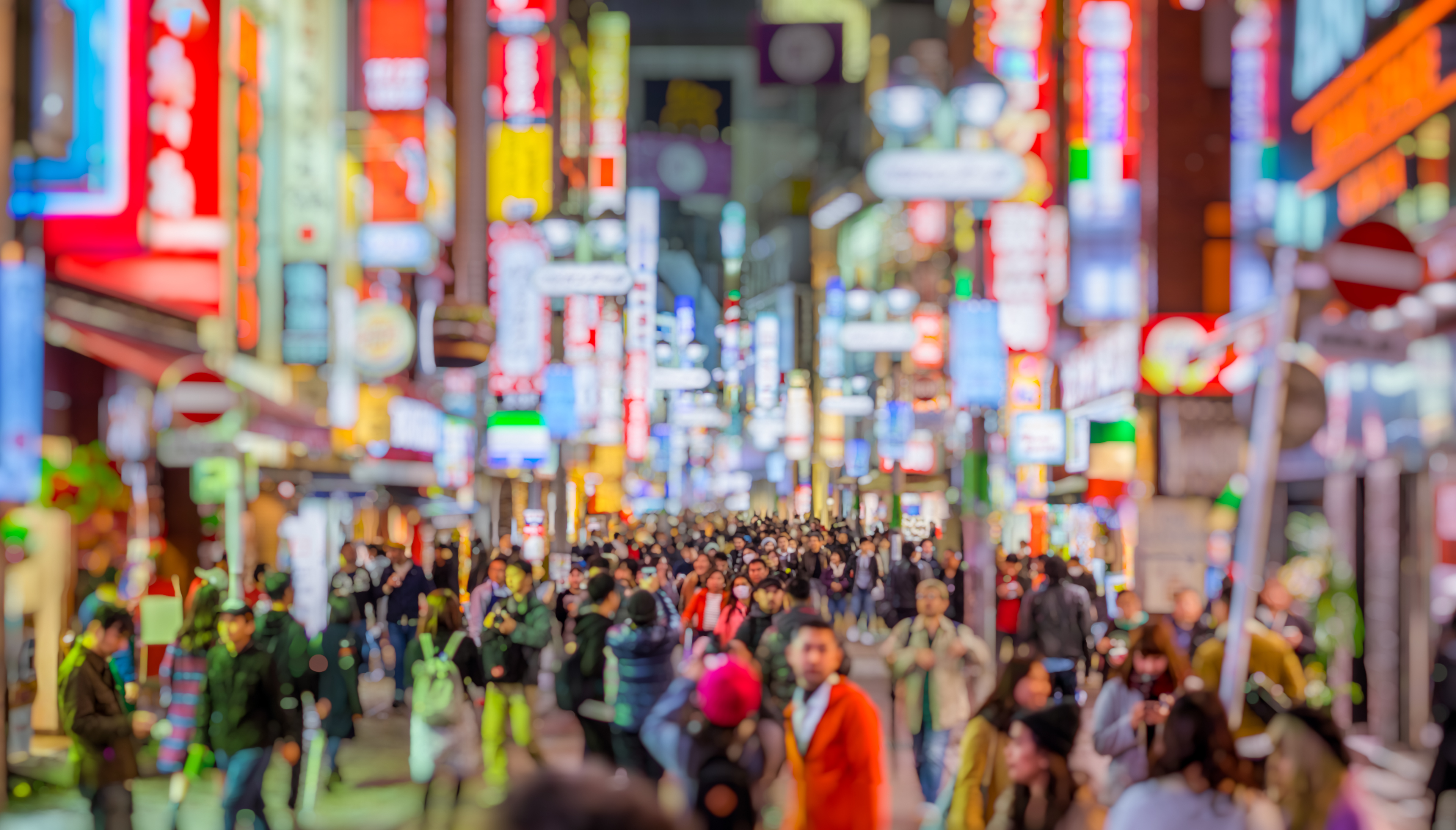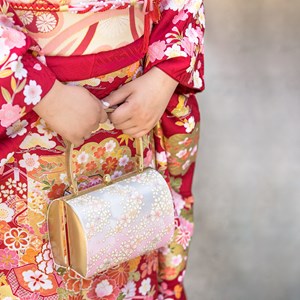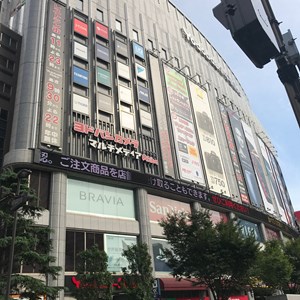

Tokyo's technological leaps and passion for everything new have made the rest of the world sit up and take notice. A city made of smaller cities, Tokyo's neighbourhoods are individual and unique in what each can offer, from cultural sights to vast shopping malls. Get ready for a whirlwind of modernity and tradition in the neon-lit Japanese capital.
The City
Before you set your foot outside your hotel door, be aware of Tokyo's complicated address system. Very few streets have names; instead, they are identified by numbers indicating district (Chōme), block (Banchi) and house number (Gō). For example, “1-11-18, Shibuya, Shibuya-ku” would translate as the 18th building of the 11th block of the 1st area of Shibuya in Shibuya ward. Invest in a bilingual map of Tokyo and don’t hesitate to ask the police for directions. Even the locals can get confused!
Once you have grasped the navigation system, Tokyo is a delight to get around. The metro is incredibly efficient, the city is clean, and people are courteous and friendly. Though addresses may be confusing, Tokyo is divided neatly into 23 wards ('tokubetsu-ku' or just 'ku'), each with a distinctive characteristic. Visit Taitō (Asakusa specifically) for old-town charm and temples, Chūō (especially Ginza) for shopping, and Akihabara district in Chiyoda ward for electronics galore. Blend old and new to get a taste of Tokyo’s great diversity.
Endless variety is Tokyo's trump card. Few other world cities are as wonderfully idiosyncratic. International and local influences intertwine in cuisine, festivals, music, galleries, shopping and even accommodation. Bizarre and fast-moving, yet peaceful and intrinsically religious, Tokyo's identity is above all, distinctly Japanese, despite existing as a world of its own.
Do & See
Whether you’re a techie or want to take in some more traditional Japanese sights and sounds, this city can offer it all. Visit splendid Shinto shrines or indulge in some shopping on Tokyo’s equivalent of Fifth Avenue.
Dining
With over 300,000 restaurants, cafés and food stalls, Tokyo’s greatest culinary challenge is its sheer abundance. While celebrated for clean, fresh flavours, the city’s food scene invites deeper exploration, from world-class sushi to inventive small plates in a bustling izakaya or at a smoky yatai stall.
Fine dining here commands a premium, but venues like the New York Grill deliver exceptional cuisine and, in some cases, breathtaking city vistas. A smart strategy is to target high-end restaurants at lunch, when many offer more accessible set menus. For any popular spot, booking ahead is essential, particularly on weekends. It’s also wise to note local customs; for instance, sticking chopsticks vertically into a bowl of rice is a ritual reserved for funerals.
Cafés
Tokyo's café culture is a fascinating mix of tradition and modernity. The classic kissaten (tea-drinking shops that also serve coffee) dot the city, catering to a nation of caffeine enthusiasts. This love affair has even birthed unique sub-genres like the 24-hour manga café, offering comics, internet access, and a quiet space for night owls.
Within these spaces, a certain etiquette prevails. Embrace the spirit of sado (the "way of tea") by sipping your drink slowly to appreciate its nuances. The atmosphere is typically one of quiet contemplation, so keep conversations hushed and take phone calls outside. When ordering, be prepared to pay at the counter. Cash is often preferred in smaller, traditional establishments.
Bars & Nightlife
Most socialising done in Tokyo is away from home, hence the infinite number of venues that offer alcohol in the city, from the ubiquitous izakaya to the more exclusive glitzy bars. The nightlife in Tokyo has something to offer everyone. Whether you are looking for a hedonistic party, superclub sounds, or chilled-out beats, it’s all here for the taking. Lounge about or dance the night away at Tokyo's best clubs.
Shopping
Shopping in Tokyo has become more of an art than a simple pleasure. If you’ve got cash to spend, this is the paradise of all shopping paradises. Shopping malls and department stores abound and specific areas are often devoted to certain wares to make life easier.
Roppongi is more than just hundreds of shops; it is a mini city of restaurants, clubs, cafés, cinemas, hotels and museums. This is where the expats gather to party, eat, drink, shop and just hang out, and it is about as far from traditional Japan as possible. Roppongi Hills, a mall comprising most of the above, is at the centre of this hive of activity and attracts a good percentage of Tokyo’s serious shoppers. Housing high street, boutique and designer brands, you can safely expect to find everything you’re looking for.
If you want to avoid more mainstream bookstores and spend some time looking for some hidden literary treasures, Kanda is where to go. Browse among the second-hand shops that line Yasukuni Dori and you’re bound to stumble upon a few gems.
Tourist Information
Narita International Airport (NRT)
Two airports serve Tokyo: Narita International Airport and Haneda International Airport (mainly for national flights). Narita Airport is accessible by the Narita Express Train (N'EX), which is the fastest way to get from the city centre to the airport. It takes approximately 60 minutes to Tokyo Station and 40 minutes to Ueno Station. Trains depart every half hour. You may consider getting a N'EX TOKYO Round Trip Ticket in the JR EAST Travel Service Centers and from JR Ticket Offices at Terminal 1 or 2. This ticket allows you to transfer to any other JR stations within Tokyo once.
The Kesei Skyliner trains go from Narita to Ueno/Nippori station in about 45 minutes.
For a cheaper choice, the Access Express goes to Higashi-Ginza station in 65 minutes.
Limousine buses run regularly from Narita airport to key points in the city in 75–125 minutes.
Taxis are available for the 70-kilometre journey, but fares are astronomical.
Address: Narita Internation Airport, Tokyo
Email:
Phone:
Website: www.narita-airport.jp/en
More Information:
Haneda Airport (HND)
Haneda Airport is served by the Tokyo Monorail in approximately 20 minutes to Hamamatsucho Station, leaving every 10 minutes almost around the clock.
Keikyu’s limousine buses run regularly from Haneda airport to key points in the city. For Tokyo city centre, it takes about 40 minutes.
Address: Haneda Airport, Tokyo
Email:
Phone:
Website: www.tokyo-haneda.com/en/index.html
More Information:
Best Time to Visit
During the high season, mid-June to mid-September and late April to early May, the weather in Tokyo is very hot and humid. It is also the peak tourist season, which you will quickly notice from long lines at the museums and higher accommodation rates. Early June through July is also the rainiest part of the year. By August, the heat is at its peak. This is the month many students and workers are on summer vacation.
April and November, the weather is dry and sunny. It is considered a pleasant time to be in Tokyo. It is also in April when locals and visitors flock to Tokyo's urban parks to witness the bloom of cherry blossom trees.
Winter is the low season (from January to March), and if you don't mind colder weather this is a good period to travel to Tokyo. The humidity is low and snow is rare. During this time the accommodation rates are slightly lower.
Address:
Email:
Phone:
Website:
More Information:
Passport & Visa
Travellers from most countries will need a visa to enter Japan unless they are from one of the visa-exempt countries. Nationals from countries such as the United States, Canada, Australia, Brazil, and many European countries can enter Japan visa-free for short-term stays (usually up to 90 days) for tourism, business, or visiting friends and relatives. However, visitors from countries not on the visa-exempt list must apply for a visa at a Japanese embassy or consulate before travelling. Always check the latest entry requirements as they can change.
Address:
Email:
Phone:
Website: www.mofa.go.jp/j_info/visit/visa/short/novisa.html
More Information:
Public Transport
Tokyo has one of the most efficient train and subway systems in the world. Trains are clean and fast, and all stations have signs in English.
The major train and subway systems are East Japan Railway (JR), Tokyo Metro, and Toei Subway. There are other railway companies. Each company has its own ticketing system. A variety of tickets and passes are on offer to make it easier than buying individual tickets for every trip. You can also consider getting a prepaid Suica Travel pass to travel on JR, subways and buses. These can be purchased at JR ’Green Window’ areas or ticket machines.
The East Japan Railway (JR) is represented by the green letters 'JR' logo, offering the fastest service but at a higher price. Overland train lines are colour-coded, the most frequently used line in Tokyo municipality is the Yamanote line (green).
Tokyo Metro is run by a private company. The subway consists of 9 lines with the light blue letter 'M' logo. Subways and trains operate from 5am to midnight. The prepaid card for Tokyo Metro is called Pasmo.
Toei Subway operates 4 subway lines by the Bureau of Transportation with a green shape logo.
Buses in Tokyo are run by several different companies. It is less confusing to take the subway or train around the city, but bus routes are efficient. Nevertheless, few signs are in English which makes navigation difficult. Bus route guides in English are available at Toei subway stations and hotels.
Address:
Email:
Phone:
Website: www.japan-guide.com/e/e2017.html
More Information:
Taxi
Taxis are an expensive but convenient way to move around in Tokyo. Weekend rates are even more pricey, as are rides between 11pm and 5am. Taxi stands are located in almost all busy areas and tipping is not expected.
In Tokyo, several ride-sharing and taxi-hailing apps are available to make transportation even more convenient, such as Uber, DiDi and GO.
Address:
Email:
Phone:
Website: www.introducingtokyo.com/taxi
More Information:
Post
In Tokyo, the postboxes are red. The slot on the left is for domestic mail, and the right one is for international. English script is acceptable when writing addresses and stamps can be purchased at convenience stores. Post offices are indicated by a red and white ’T’ and are located everywhere.
Address: Tokyo Central Post Office, 2-7-2 Marunouchi, Chiyoda-ku, Tokyo
Email:
Phone: +81 570 001 736
Website:
More Information:
Pharmacy
The word for pharmacy in Japanese is 'yakkyoku'. Generally, pharmacies are open from 9am to 6pm on weekdays and Saturdays, and closed on Sundays, while drugstores are usually open 7 days a week and sometimes round the clock.
One of the biggest and most popular pharmacy chains is Matsumoto Kiyoshi. They have stores scattered around the whole island and offer original brands of drugs and medicines including cosmetics and beauty products. Other chains in Japan are SunDrug and Tsuruha Drug.
Address: Sundrug Shinjuku-dori, 3-26-14 Shinjuku, Shinjuku-ku, Tokyo
Email:
Phone: +81 3 5366 5762
Website:
More Information:
Electricity
Japan operates on a 100V supply voltage and 50/60Hz. The country uses Type A plugs, which have two flat-sided prongs.
Address:
Email:
Phone:
Website:
More Information:
Telephone
Country code: +81
Area code: (0)3
Address:
Email:
Phone:
Website:
More Information:


